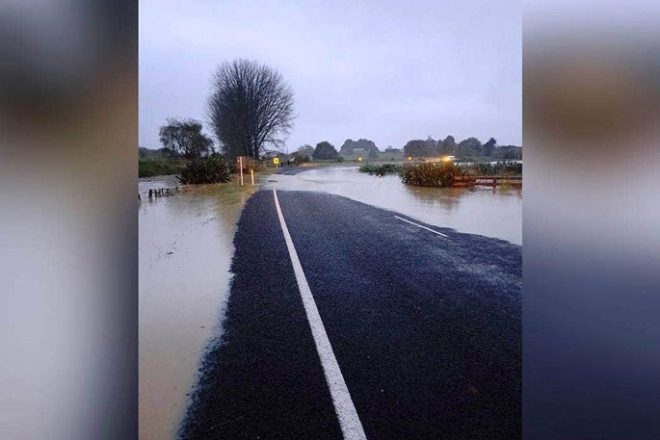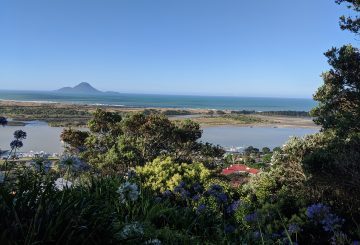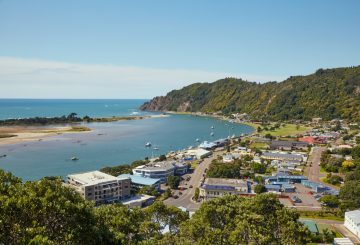ベイ・オブ・プレンティ地域議会は、2024年1月に開始される予定のプロジェクトであるファカタネの洪水防御を強化することを計画しています。Future Proofと名付けられたこのプロジェクトは、ファカタネ川沿いの既存の洪水防壁を置き換えたり、改善したりすることを目的としています。これには、マカリスター・ストリートのポンプ場からムリワイ・ドライブ・プレイグラウンドまでのエリアが含まれます。
洪水はアオテアロアではよくある自然災害で、およそ8か月ごとに大洪水が発生しています。エンジニアリングマネージャーのマーク・タウンゼントは、人々、財産、生活に重大な洪水が発生するリスクを軽減する上で、洪水対策が重要であることを強調しています。彼は、現在の気象現象と将来の気候変動の影響に対応するために、現在の洪水防御システムをアップグレードする必要があると説明しています。
このプロジェクトが必要なのは、主に2つの理由があります。1つ目は、河川の水位が高いときに水が洪水障壁を通過する「浸水」のある地域を修復することです。ある程度の浸透は障壁内の圧力を緩和するうえで有益である一方で、浸透が制御されていないと洪水が崩壊し、人々、財産、生計を危険にさらす可能性があります。第二に、このプロジェクトは、より頻繁かつ重大な洪水災害という課題への対応を目的としています。
洪水防御には、年率 1% の確率イベント (AEP) とも呼ばれる大規模な洪水イベントに2040年まで耐えられる必要があります。そのためには、降雨量の増加や海面上昇など、将来の気候変動の影響から町を守るための防御を強化する必要があります。
プロジェクトの第1段階は2024年初頭に開始され、マカリスター・ストリートのポンプステーションからISiteまでの地域に焦点を当てる予定です。既存の洪水防壁は規模を拡大するか、交換する予定です。これには、大きな鋼板の杭を地面に打ち込んで壁を作り、それをコンクリートパネルで覆うことが含まれます。壁の高さは0.6mから最大1.7mまでさまざまです。
このプロジェクトには、ウォーレン・コール・ウォークウェイとヨットクラブの駐車場への歩行者と車両のアクセスの改善も含まれています。同協議会は、ファカタネ地区協議会およびテ・ルナンガ・オ・ンガティ・アワと協力して、地域社会とのつながりを保ちながら、悪天候にも耐えられる、機能的な水辺の空間づくりを進めています。
詳細については、boprc.govt.nz/future-proofをご覧になるか、engineering@boprc.govt.nz または0800 884 880でプロジェクトチームにお問い合わせください。






























































